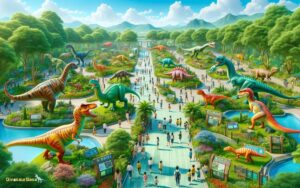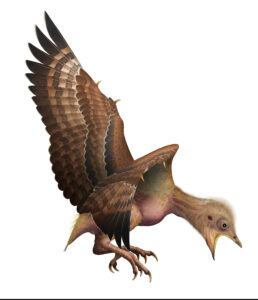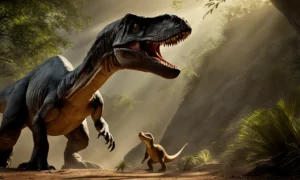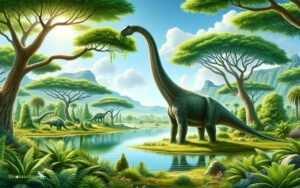Are Dinosaurs Vegetarian? Herbivores of the Mesozoic Era
Not all dinosaurs were vegetarian; many were carnivorous, and some were omnivorous. The diet of a dinosaur depended on its species.
Dinosaurs roamed the Earth for over 160 million years, evolving into diverse species with a wide range of dietary preferences. Some dinosaurs, like the massive Brachiosaurus, were herbivores, dining on the abundant vegetation of their era. These plant-eating giants had adaptations such as long necks to reach high foliage.
On the other hand, fearsome predators like Tyrannosaurus rex were carnivorous, equipped with sharp teeth for hunting and eating meat. Between these extremes were omnivorous dinosaurs, such as certain species of the theropod family, capable of consuming both plants and animals. Scientists determine a dinosaur’s diet by studying fossilized teeth, skull shapes, and sometimes even fossilized contents within the stomach area. Understanding these prehistoric diets helps us unravel the complex ecosystems of the Mesozoic era.
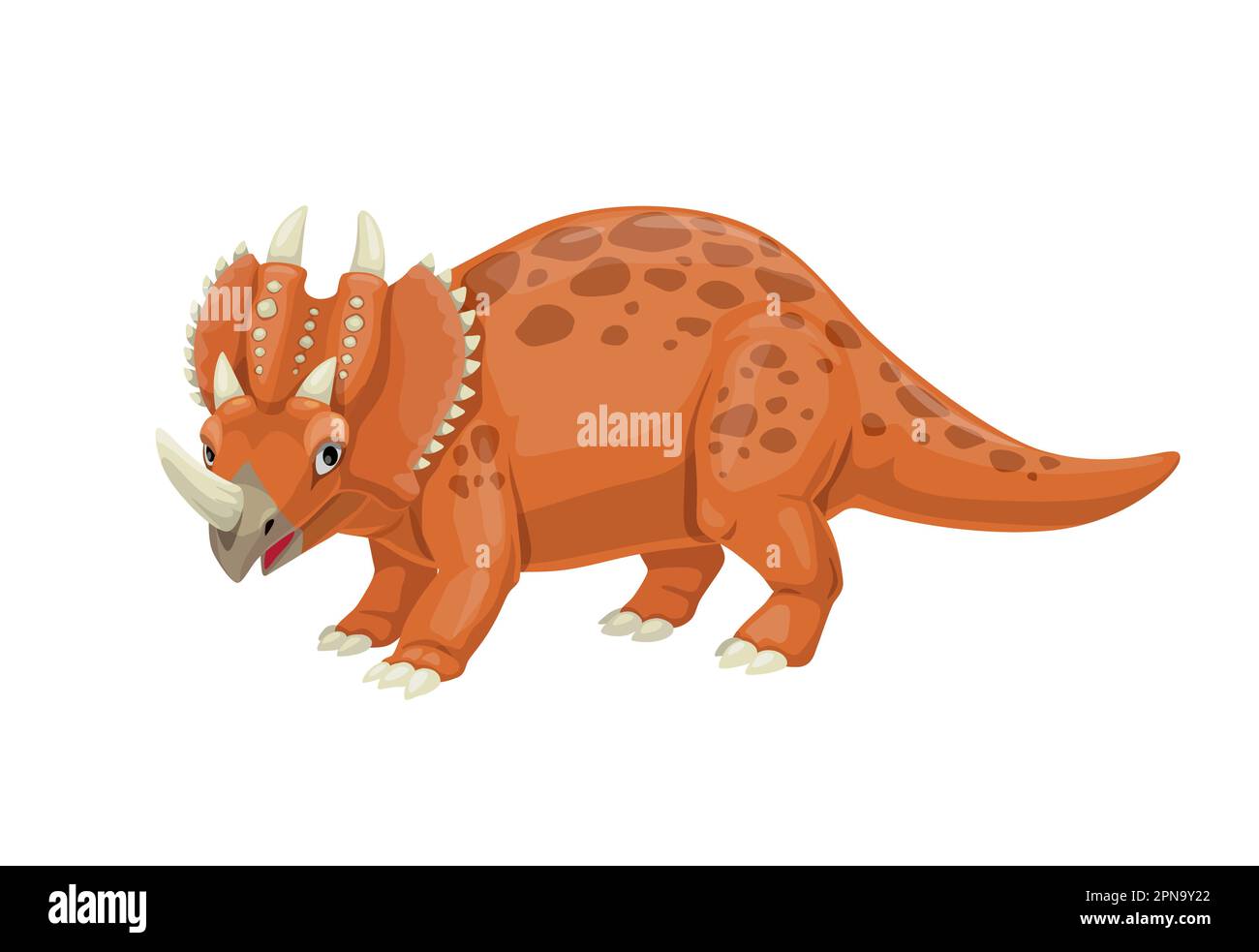
Credit: www.alamy.com
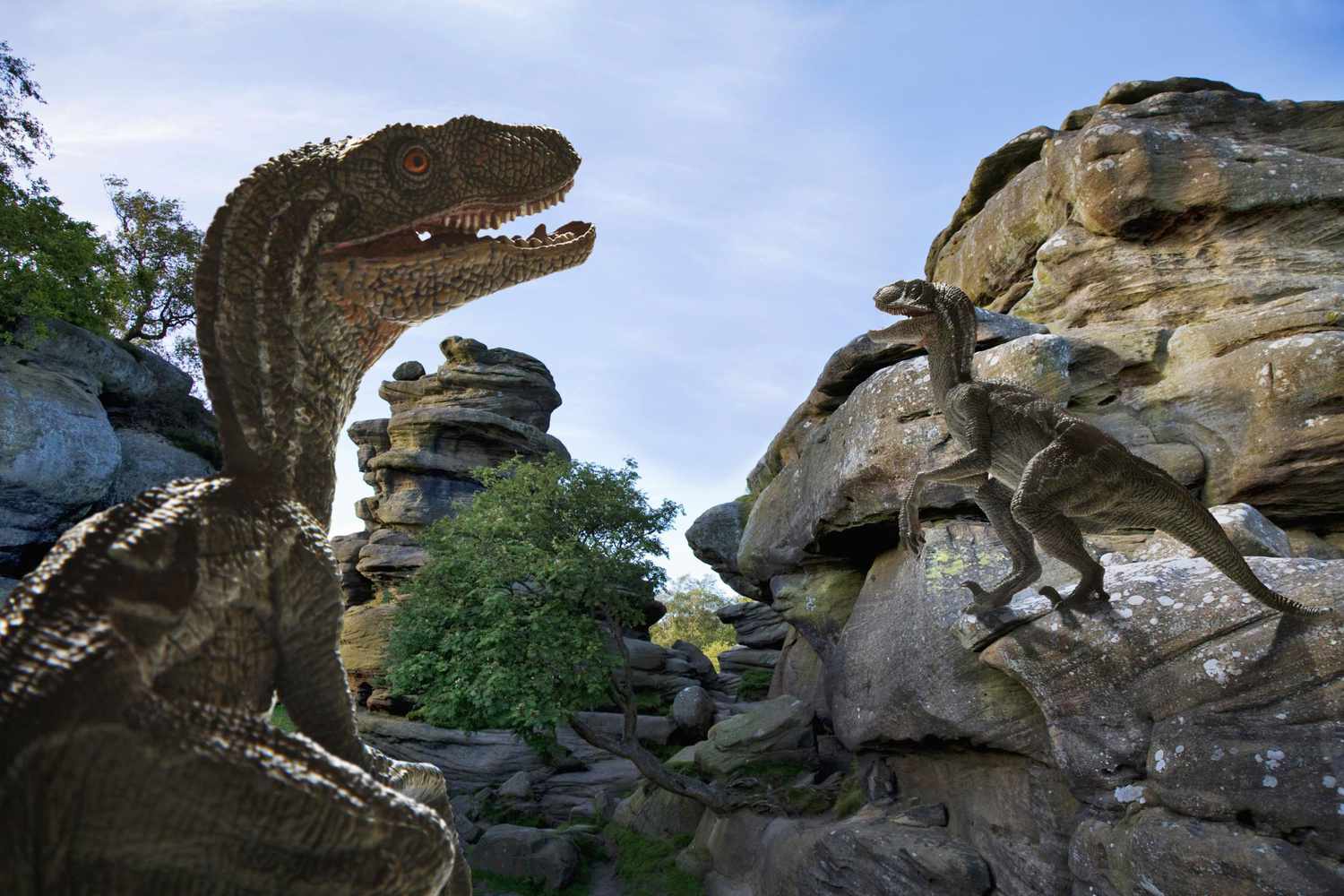
The Mesozoic Menu: Dietary Habits Of Dinosaurs
Picture the vast landscapes of the Mesozoic Era, teeming with life of all sizes. Among them, dinosaurs reign supreme. But what did these colossal creatures feed on to grow so large? Explore the diets that dominated the age of the dinosaurs and discover whether these ancient beasts were veggie lovers or meat-eaters.
Diverse Diets: An Introduction To Dinosaur Ecology
Dinosaurs lived in a variety of environments, each offering different culinary options. The ecology of the time shaped their diets. Like modern animals, dinosaurs needed food to survive and grow. Some had sharp teeth for tearing meat. Others had flat teeth for grinding plants. Let’s dig into the evidence we have about their eating habits.
- Carnivores: These dinosaurs hunted other creatures.
- Herbivores: Some only munched on plants.
- Omnivores: A few enjoyed both plants and meat.
Plant-based Giants: Identifying Herbivorous Species
Gigantic herbivores roamed the lands, feasting on the lush greenery of their epochs. Let’s meet some of these plant-eating giants.
| Dinosaur Name | Size | Diet Type |
|---|---|---|
| Triceratops | Large | Herbivore |
| Stegosaurus | Large | Herbivore |
| Brachiosaurus | Huge | Herbivore |
Each species had adaptations to help them survive. Some, like the Triceratops, had beak-like mouths to chop tough vegetation. The Stegosaurus had leaf-shaped teeth to chew leaves. The towering Brachiosaurus could reach high into trees to feed.
Credit: www.eurekalert.org
The Giants Of The Era: Profiles Of Herbivorous Dinosaurs
The vast, ancient landscapes were once roamed by colossal herbivorous dinosaurs. These gentle giants led intriguing lives, munching on anything from tall treetops to lush underbrush. Let’s dive into the profiles of these magnificent prehistoric vegetarians.
Sauropods: Long-necked Landscape Changers
Sauropods were the titans among dinosaurs, instantly recognizable by their enormous bodies and necks that seemed to stretch forever. These behemoths spent their days reaching the highest leaves, shaping the ancient forests. Let’s meet a few:
- Diplodocus: Sleek and elongated, they could clear forest canopies.
- Brachiosaurus: Stood tall with front legs longer than the hind ones.
- Apatosaurus: Boasted a hefty frame and a whip-like tail.
Hadrosaurs: The ‘duck-billed’ Diners
Known for their unique ‘duck-bills,’ hadrosaurs were the common grazers of their time. They flaunted their dental prowess with hundreds of tightly packed teeth designed for grinding plants. Notable members included:
- Edmontosaurus: They roamed in herds and had strong chewing muscles.
- Parasaurolophus: Sported an impressive crest possibly used for display or sound.
Stegosaurs And Ankylosaurs: Armored Plant Eaters
Stegosaurs and ankylosaurs armored themselves against predators. Stegosaurs wielded spiked tails and bony plates, while ankylosaurs were like tanks with bony armor. These dinosaurs were not just well-protected; they were also experts at finding the best vegetation.
- Stegosaurus: Its back plates may have helped to regulate its body temperature.
- Ankylosaurus: This dinosaur had a massive club on its tail for defense.
Adaptations For A Plant-based Diet
Understanding the diet of the mighty dinosaurs that once roamed our planet is fascinating. It leads us to explore unique adaptations these creatures developed for survival. In particular, the plant-eating dinosaurs, or herbivores, showcased remarkable features for a plant-based diet. Let’s delve into the world of these ancient vegetarians and uncover the secrets behind their feeding habits.
Teeth And Beaks: Tools For Tearing And Grinding
Dinosaurs had a variety of teeth and beaks, each serving a special purpose. Those that feasted on plants evolved to have specific tools to manage their diet.
- Long, sharp teeth: These were perfect for tearing through tough leaves.
- Flat, broad teeth: Ideal for grinding down hard plant materials.
Some dinosaurs even had beaks to snip foliage similarly to how modern birds do. This allowed them to access a wide array of plant foods, ensuring they stayed well-fed.
Digestive Systems: Handling Hard-to-digest Plants
Plant-based diets often contain materials that are hard to break down, like cellulose. To cope with this, herbivorous dinosaurs developed advanced digestive systems.
| Feature | Function |
|---|---|
| Fermentation | Bacteria in the gut helped break down tough plant matter. |
| Gizzard stones | Rocks swallowed by dinosaurs to help mash up food in their stomach. |
With these systems, dinosaurs could extract maximum nutrients from plants. Their adaptation highlights an incredible scale of evolution, tailored to their environment and diet.
:max_bytes(150000):strip_icc()/chaoyangsaurusNT-56a253cd5f9b58b7d0c917bb.jpg)
Credit: www.thoughtco.com
Herbivore Dynamics: Coexistence And Competition
Exploring the lives of the giants that once roamed the Earth often leads to a fascinating question: Were all dinosaurs carnivorous predators? Not at all—in fact, many were vegetarians. Delving into the Herbivore Dynamics: Coexistence and Competition reveals a complex world where plant-eating dinosaurs had to share resources and defend themselves against threats.
Niche Partitioning Among Herbivorous Dinosaurs
Dinosaurs living together does not mean they all ate the same plants. Different species evolved to fill unique roles in their environment. This phenomenon, called niche partitioning, allowed multiple herbivorous species to coexist without direct competition for food resources.
- Some had long necks to reach high foliage.
- Others had sharp beaks to munch on tough plants.
- Smaller herbivores often fed on ground-level shrubs.
Defensive Strategies Against Predators
Living among predators, herbivorous dinosaurs developed numerous defensive strategies for survival. Their survival tactics ranged from physical defenses to behavioral adaptations.
| Defensive Feature | Examples |
|---|---|
| Armor | Ankylosaurus (club tail), Stegosaurus (spiked tail) |
| Size | Sauropods (large size to deter attackers) |
| Herding | Hadrosaurs (stayed in groups for protection) |
| Speed | Ornithopods (could run fast) |
Plants Of The Past: What Dinosaurs Actually Ate
Plants of the Past: What Dinosaurs Actually Ate invites us on a time-traveling adventure. Our mission? To discover what our massive, prehistoric friends dined on. Were all dinosaurs vegetarians? Or did they have a more diverse palette? Let’s dig into the greenery and grains that grew before civilization.
Ancient Flora: A Look At Prehistoric Vegetation
The earth was lush and teeming with plant life during the dinosaur era. Ferns, cycads, and conifers dominated. These plants were the main diet for many dinosaurs. We see this in fossil records and patterns of wear on dinosaur teeth.
- Ferns – Most were similar to ones we see today.
- Ginkgoes – Provided nourishment to herbivores.
- Cycads – Palm-like plants that were a dinosaur favorite.
Horsetails and mosses also flourished, blanketing the damp, swampy areas. They served as food for ground-foraging dinosaurs.
Coprolites: Uncovering Diet From Dinosaur Droppings
Coprolites are fossilized dinosaur poops. These hold clues to the diet of dinosaurs. By studying coprolites, scientists analyze plant remains trapped within. It’s like detective work but with poop!
| Dinosaur Type | Plants Found in Coprolites |
|---|---|
| Herbivores | Ferns, Leaves, Seeds |
| Large Herbivores | Conifer needles, Cycad parts |
| Small Herbivores | Mosses, Horsetails |
Debunking Myths: Not All Dinosaurs Were Meat-averse
When people think about dinosaurs, they often picture giant creatures munching on leaves. But not all dinosaurs loved plants. Some enjoyed a good meaty meal, while others ate anything they could find. Let’s explore the myths and realities of dinosaur diets.
Evidence Of Omnivorous Behaviors
Scientists have found clues that show us dinosaurs were not just plant-eaters. Fossils with sharp and flat teeth tell us some dinosaurs could eat both plants and meat. These teeth were perfect for biting into tough vegetables and catching small animals.
- Sharp teeth helped catch and slice meat.
- Flat teeth were great for grinding plants.
- Dinosaurs with both tooth types could eat different foods.
The Role Of Insects And Small Animals In Diets
Even smaller dinos had to eat. They often turned to insects and tiny creatures to survive. These snacks provided protein, much like meat does for some animals today. Fossilized poop, called coprolites, shows us that insects were part of their diet.
| Dinosaur | Food Source |
|---|---|
| Small Predators | Insects, Small Mammals |
| Omivores | Plants, Insects, Eggs |
Dinosaur diets were complex. Like animals today, they ate what was available. This sometimes meant insects, lizards, or even other small dinosaurs made the menu.
Frequently Asked Questions Of Are Dinosaurs Vegetarian
Do Dinosaurs Eat Meat?
Some dinosaurs were carnivores and ate meat, such as the Tyrannosaurus rex. Others were herbivores or omnivores, consuming plants or a varied diet.
Was A Tyrannosaurus Rex A Vegetarian?
No, the Tyrannosaurus Rex was not a vegetarian. It was a carnivorous dinosaur, known for its meat-eating diet.
Which Dinosaur Is Non Vegetarian?
Tyrannosaurus Rex was a carnivorous dinosaur, primarily feeding on other animals.
Which Dinosaur Is Vegan?
Many dinosaurs were herbivores, meaning they were vegan. For example, Triceratops, Stegosaurus, and Brachiosaurus ate plants exclusively.
Conclusion
As we’ve explored the diets of ancient behemoths, it’s clear that dinosaurs showed a fascinating dietary range. While many were indeed herbivores, others thrived as carnivores or omnivores. Their eating habits were as varied as their sizes and shapes. Remember, each species adapted uniquely to survive in their prehistoric world, shaping the ecosystem we study today.
Keep delving into the past for more incredible insights into these magnificent creatures.

